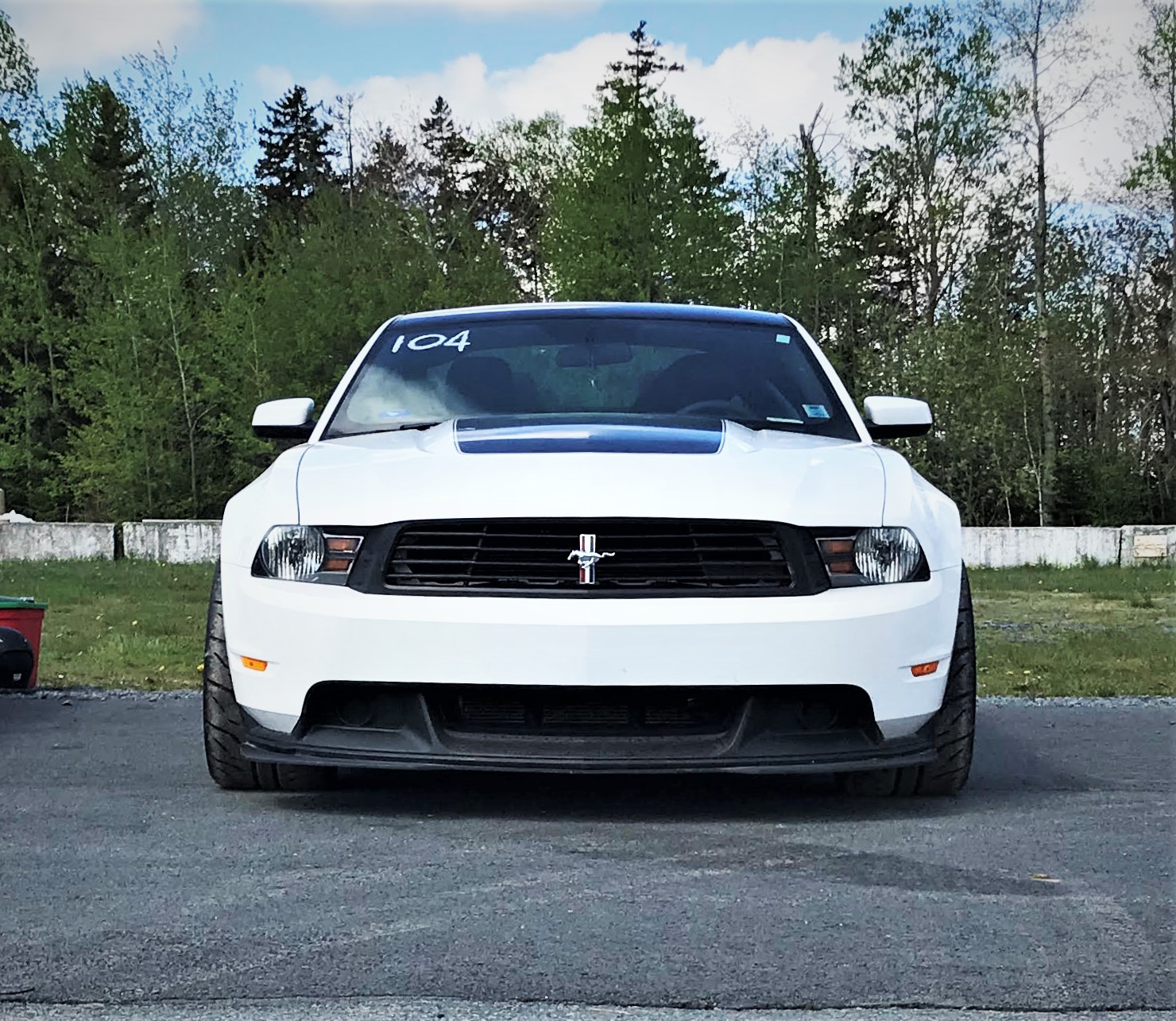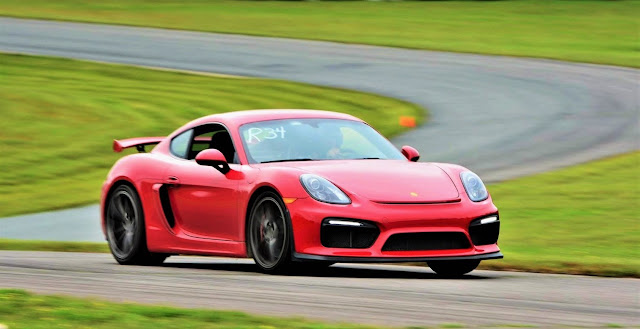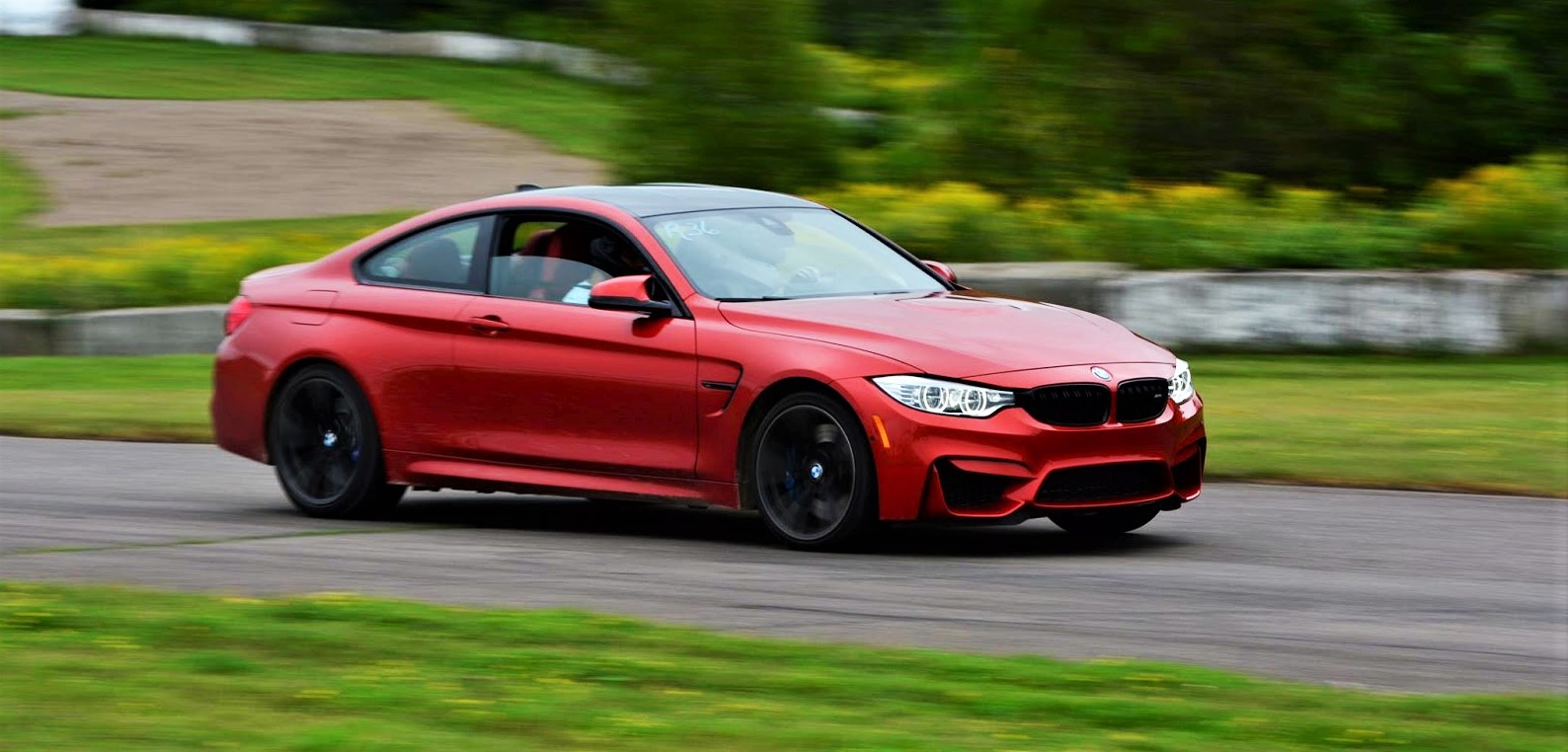
I had a rental car the other day for a little trip. The car was a 2018 Toyota Corolla LE. My experience with this car is one that I had to share. You see, people say this car is an appliance, it is soulless, it just gets the job done, etc. I never thought I'd say this, but I hugely disagree. It is not fair to the Corolla and does not give the car enough credit. This car is not an appliance, it is far from it. It is absolutely full of soul..
UNfortunately, that soul is a demented, evil, mean, avenging spirit. Appliances are happy to hum along doing their jobs. The soul in this car hates cars, driving, and everything that has to do with either. I think it must have been killed by a car thousands of years ago and has been plotting its revenge on the automobile since then. I know, there were no cars thousands of years ago. But maybe someone from the future traveled back in time and ran them over. Their soul must have lingered on. It sounds a little far fetched.. But I'll ask you this: how else would you explain the existence of the current Toyota Corolla? Any ideas? See, that's the only possible explanation.

I'll start with the engine. The good news is: it has one! There is an engine in this car that moves it about and produces some horsepowers. It is a 1.8 litre naturally aspirated 4 cyl that makes 132 hp. Unfortunately, those horses must be able to sense the dark spirit that lingers in this car, because they seem to refuse to leave the engine unless prodded with a cattle iron. I think the problem is exacerbated by the standard automatic transmission, which is a CVT. The engine seems to have an aggressive throttle tip in tuning to give the impression of quickness and make it feel peppy around town. It seems to work from a stop, but that's about it..
The transmission is, unfortunately, always caught off guard otherwise, so if you put your foot down while on the move, there is always a delay, then the car responds. But even that isn't so great.. when it realizes what you want to do, the revs jump and the car leaps very uncouthly. Whatever you do at this point, do not keep your foot down because the revs continue to climb, the engine grumbles and groans, and so much noise and vibration make it through to the interior, that you just want it to stop. Worse yet, you'll be left wondering where all those 132 horses are. Based on the noise and harshness, it will sound and feel like they are pulling the car in every which way, except forward because you'll hardly be moving any faster.

I don't know how Toyota can make such an unrefined engine. Maybe because this one doesn't make it into any Lexus products since the V6's are pretty smooth and powerful, but they are shared with Lexus. This one, though, is hateful, loud, unrefined, and not very powerful. Worse yet, it is not even particularly efficient. I drove approximately 404 kms using 31.0 litres of gas (about 8.2 gallons). That works out to about 7.67 litres/100 kms (around 31.0 mpg) going an average of 120 km/h (75 mph). I took a 2008 Impala with the 3.5 litre OHV V6 making 224 hp - almost double the displacement of the Corolla and with 70% more hp - on a similar trip. It also happens to be bolted to a relatively ancient 4 speed automatic and is sitting in a much bigger car (bad for aero/highway mileage). Despite that, it took approximately 40 litres to drive 518 kms on the last trip I made in it. That also works out to 7.7 litres/100 kms (30.8 mpg). The trip in the Corolla is actually almost 80% the trip in the Impala, because it was the exact same direction, just had to go further in the Impala.
A big part of the problem, I think, is that the Corolla is so gutless at highway speeds that every time you go to pass or slow down for traffic and try to speed back up, it has to rev high enough to find any power which is somewhere in the 3,000-4,000 rpm range and up. The problem is made worse by some hesitant tuning, because the revs seem to climb up quickly, then hunt back and forth as the CVT finds a ratio to stay at that it determines is ideal for the throttle position. The Impala, on the other hand, has a very torquey engine, especially by comparison in the low rpm range, so you can get some useful power out of it without revving it up. And when it's going on a flat stretch, it is barely rotating above idle, again because of that low end power. Compared to the Corolla, it doesn't even sound half bad when it revs. I was even using cruise control for both, so my slightly leady foot is not so much of a factor. Tell someone that with the same driver and nearly the same trip, both on cruise control, a 2008 Impala and a 2018 Corolla get almost identical mileage going 120 km/h. They'll laugh at you. I probably would have before this.

Maybe that's enough about the drivetrain. What about the handling? Like the engine, there is some of that too here, in one form or another anyway. It will go around corners, but don't ask it to do much more. There is absolutely no feel or enthusiasm about anything it does. That said, I wasn't expecting much, and frankly, I don't think it needs to do much for what it is. I wasn't pushing it, so I don't know what it's like if pushed, but with average driver's level of attack, it turns and stops well enough. Not every car needs to sporty and sharp, so there isn't much to complain about here, if not exactly my cup of tea (it's not my cup of tea at all).
Believe it or not, I found some good about the car. The seats were comfortable, and for someone with a bad back, that goes a long way after a couple of hours of driving. The standard LED headlights are really good, and the high beams automatically switch to low beam if it senses oncoming traffic. It seems to work really well 99% of the time. There is a ton of space in the back for a small car and the trunk is a really good size for the segment. It's comfortable, quiet when the engine isn't trying too hard, and - for people who care about that stuff - comes with a lot of standard safety features like lane departure, backup camera, and radar-guided cruise control. I was surprised to find those features in a bottom-rung rental. And all seemed to work really well. Interior looks cheap and is cheap, but it is a small cheap car. I didn't like the lack of buttons for the radio/media. I hope the future isn't all like this, at least until the dreaded autonomous car takes over, since I find it very distracting to try to change the radio or volume without physical buttons.

But at the end of the day, the problem I was having with it is this: forget fun cars, forget power and handling. Honda has a very similar reputation for reliability. What exactly does this car have that a Civic doesn't? How does Toyota manage to sell so many of it? Since 2003, Toyota has sold more than 300 THOUSAND Corollas a year in the US alone, with the exception of 2009-2012 which were still well into 200,000. Some years were close to 400,000. I was left scratching my head after driving it. I understand basic transportation. In fact, I quite like the idea of a simple car that doesn't try to be anything more than that. But this doesn't come off as simple. It comes off as unrefined and unwilling to cooperate, like it is really unhappy you are making it be a car. My only conclusion, and I mean that literally and not as a joke, is that people who buy this car are buying the name and reputation, that's it. They aren't cross shoping. I don't think they even test drive other cars. They walk into a Toyota dealer, and buy a Corolla, simple as that. But in my opinion, if you're set on a small, Japanese sedan, do yourself a favour and drive a Civic or a Mazda3. You'll be thankful you did.












i love my 2017 civic. it's comfy, refined, somewhat quick, and stylish inside and out. I will say this however, that the touchscreen interface for the audio and climate controls is very distracting as well and needs to go.
ReplyDeleteWhoops! Just saw this comment now. I'm glad to hear you love your Civic! I don't see how anyone could like the Corolla more after driving both. Honda added physical controls in 2018 or 2019 to the Civic so I'm sure you aren't the only one who didn't like the controls.
Delete